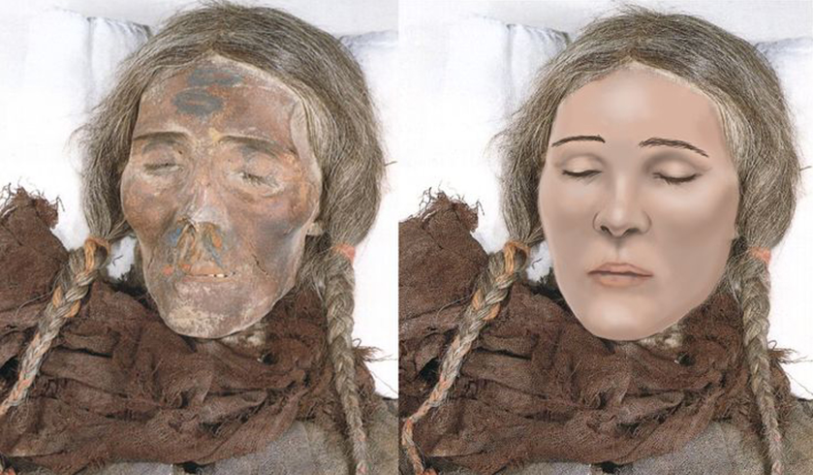A team of scientists found that the mysterious ancient Philistines were of European stock after examining their genetic composition.
The international team, led by scientists from the Max Planck Institute for the Science of Human History and the Leon Levy Expedition, retrieved and analysed genome-wide data from people who lived during the Bronze and Iron Ages (~3,600 to 2,800 years ago) in the ancient port city of Ashkelon, one of the core Philistine cities during the Iron Age.
Their results found that a European-derived ancestry was introduced in Ashkelon around the time of the Philistines’ estimated arrival, suggesting that ancestors of the Philistines migrated across the Mediterranean, reaching Ashkelon by the early Iron Age.
This European genetic component was subsequently diluted by the local Levantine gene pool over the succeeding centuries, suggesting intensive admixture between local and foreign populations. These genetic results, published in Science Advances, are a critical step toward understanding the long-disputed origins of the Philistines.
The findings confirmed that the Philistines derived from a southern European people, a theory that was known as they were linked to the Minoans who lived on Crete.
The Philistines are famous for their appearance in the Hebrew Bible as the arch-enemies of the Israelites. However, the ancient texts tell little about the Philistine origins other than a later memory that the Philistines came from Caphtor (a Bronze Age name for Crete; Amos 9:7).
source: phys.org






































